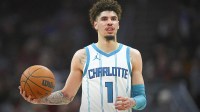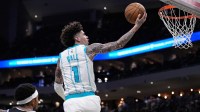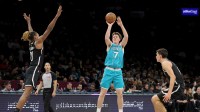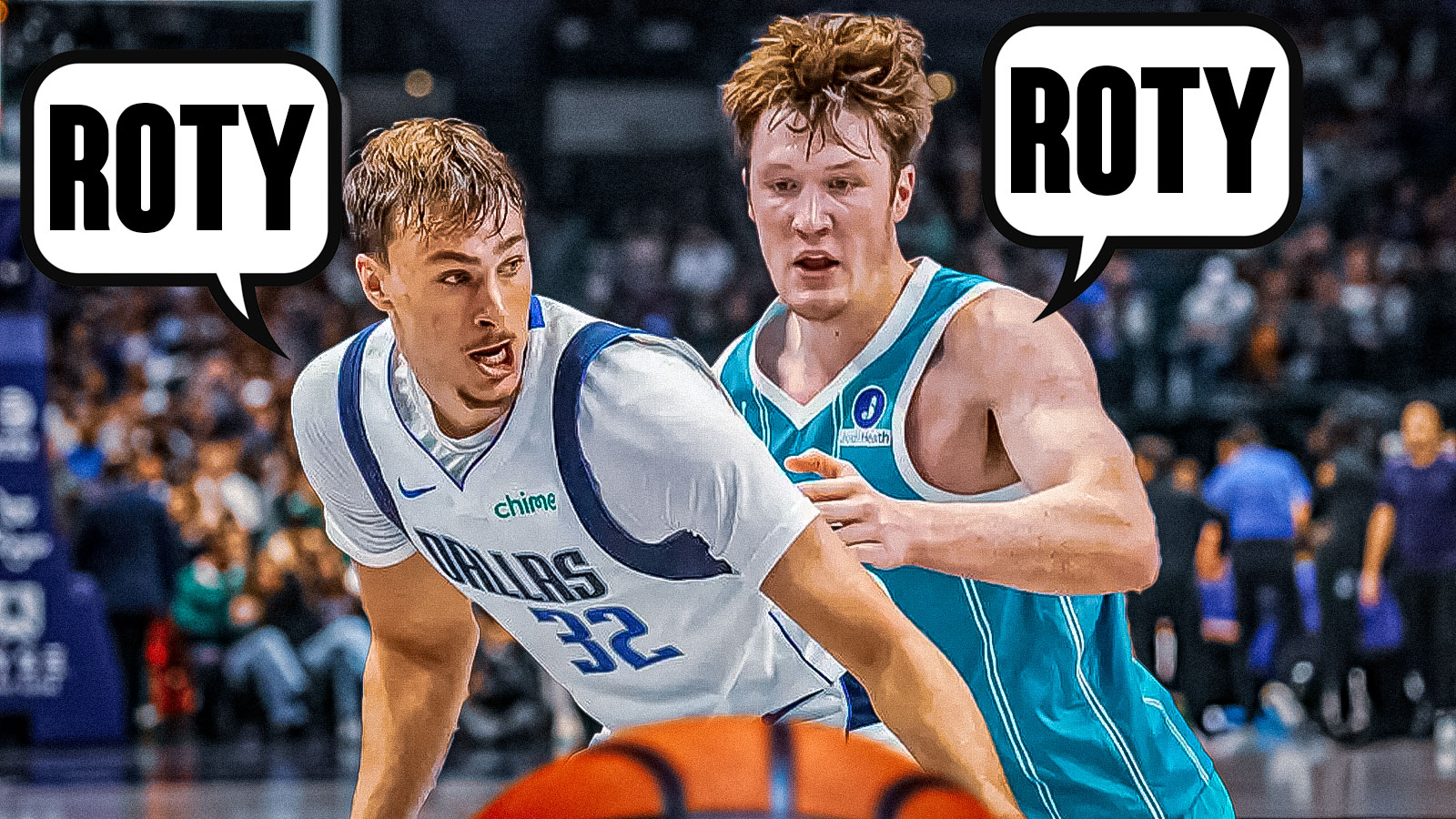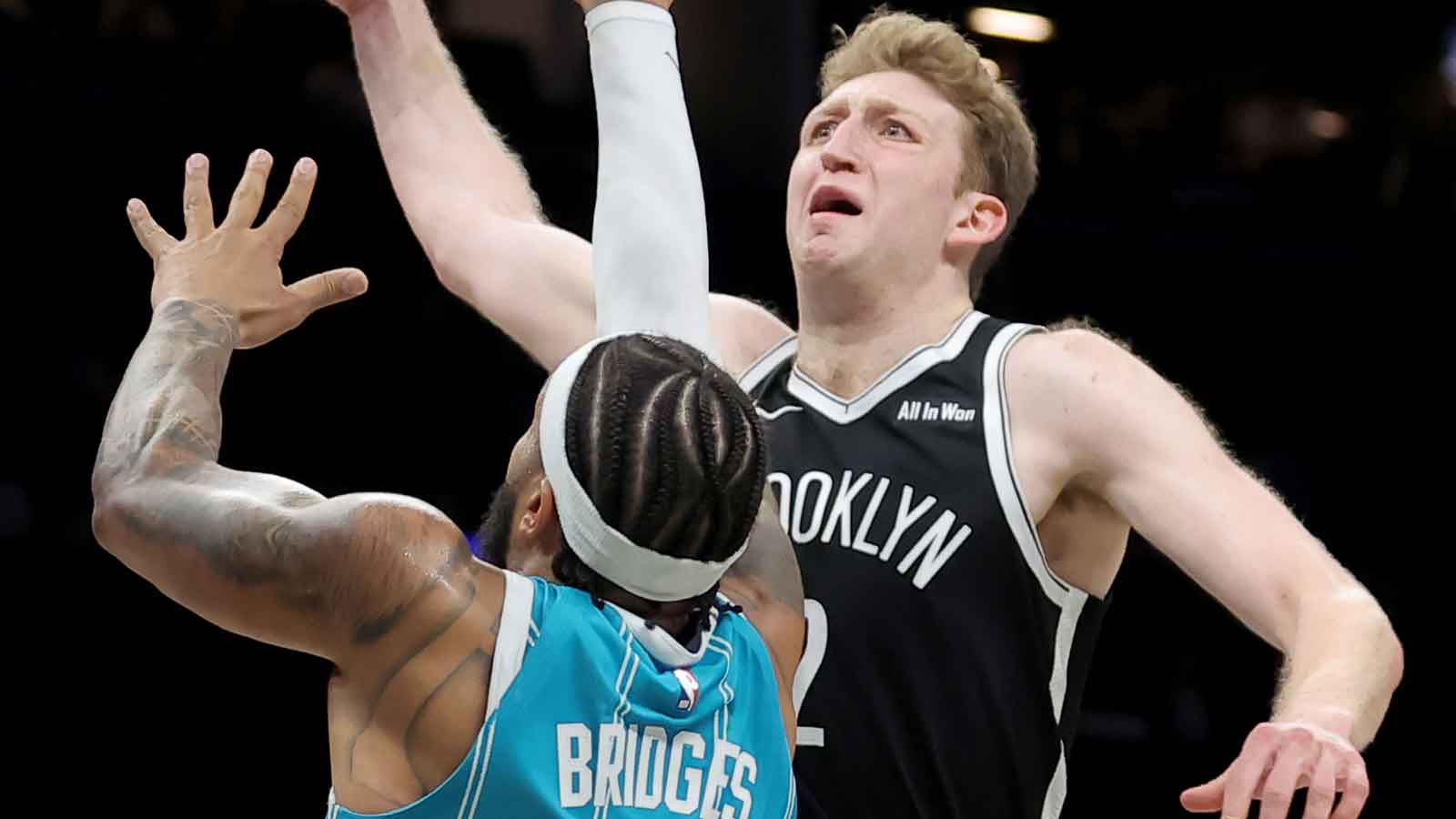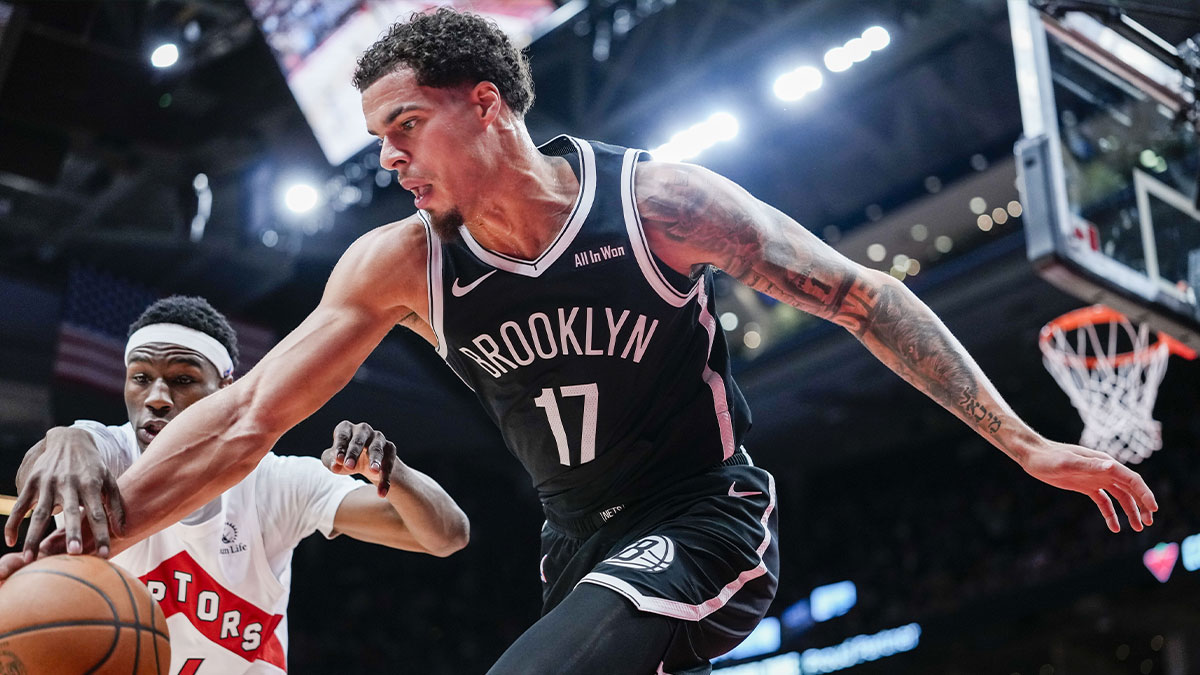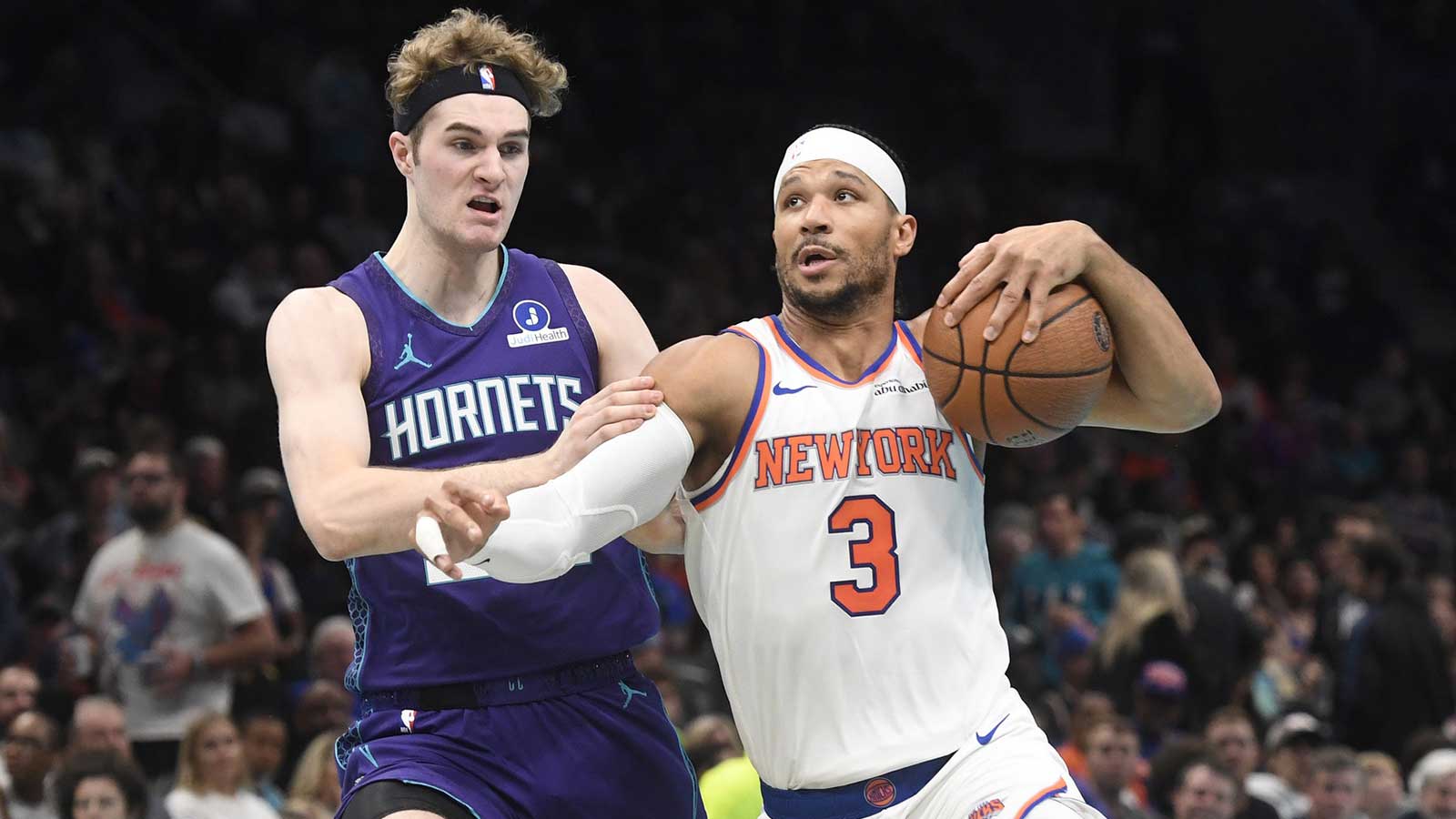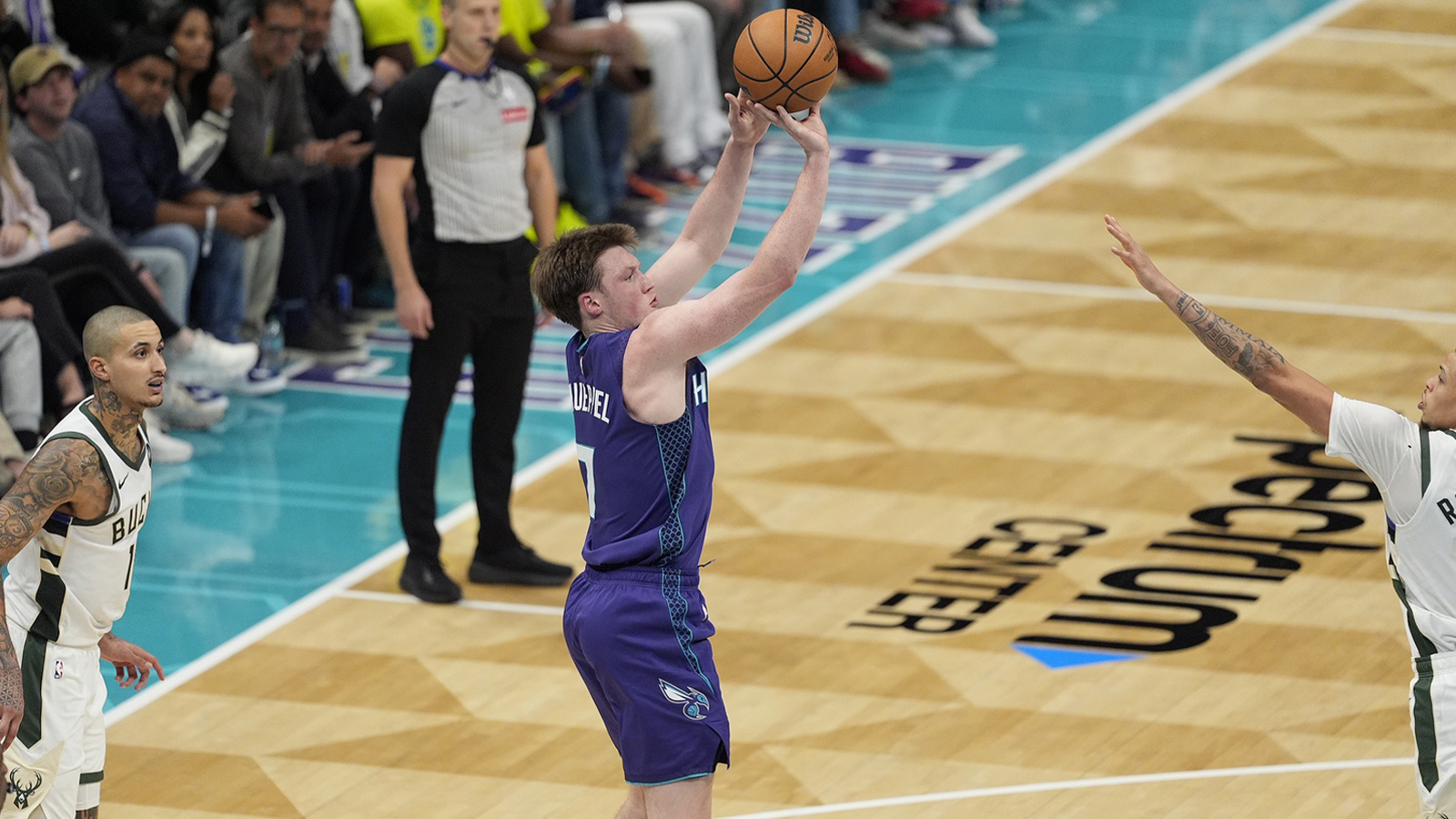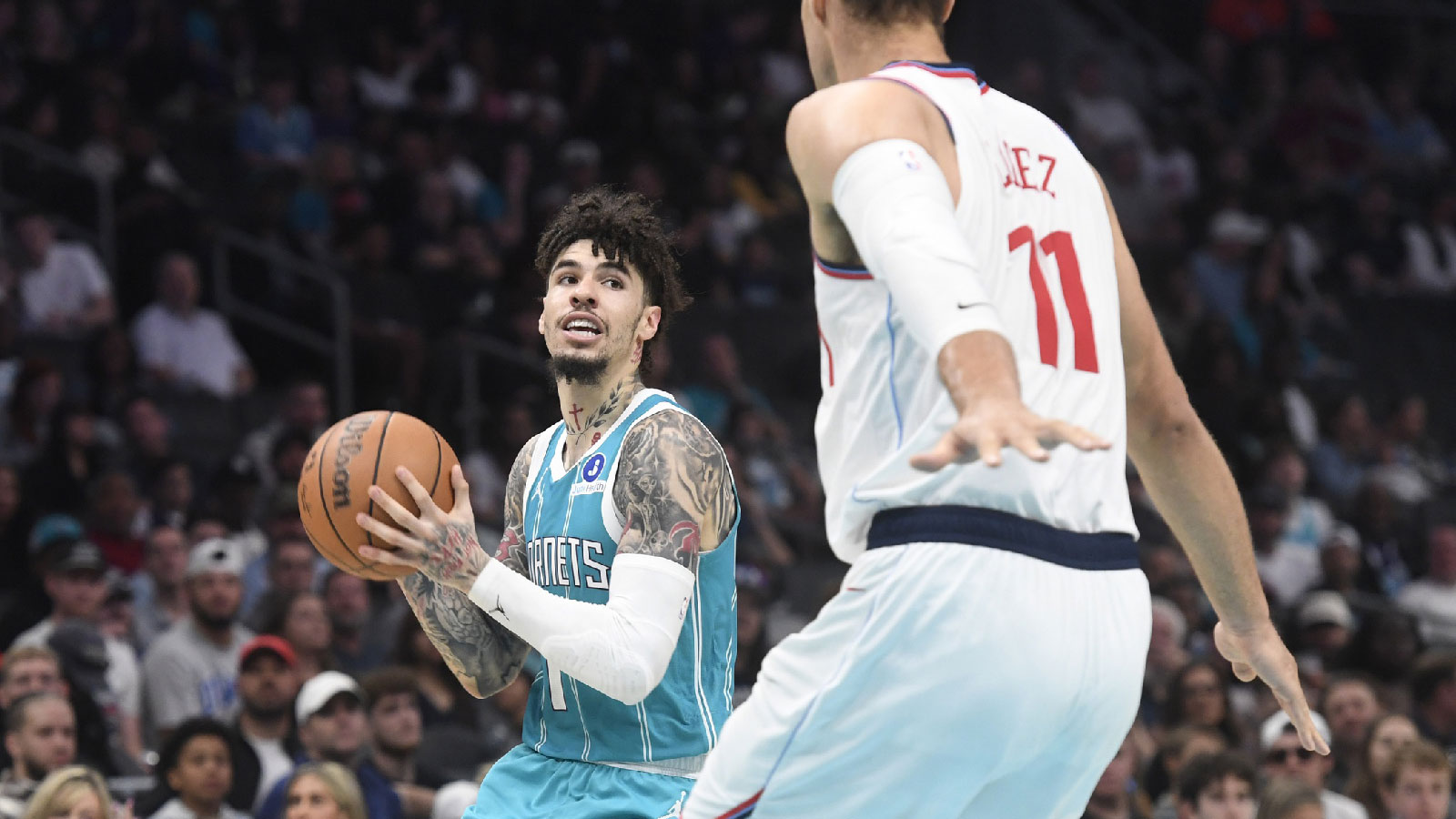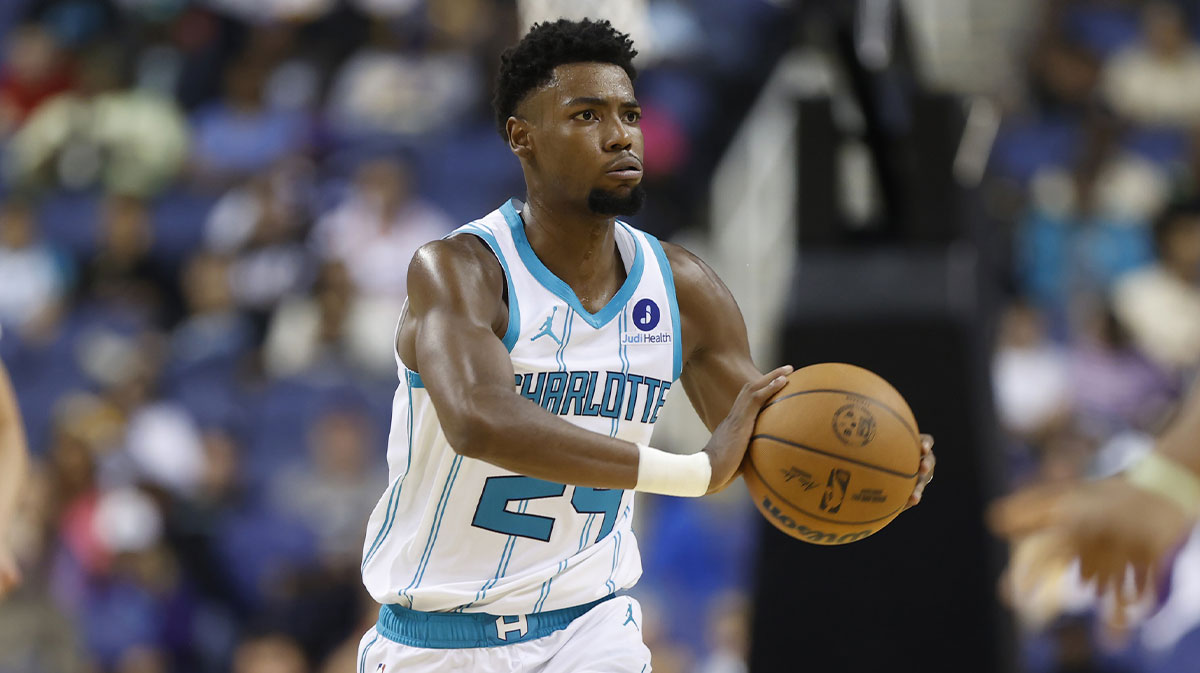After years of meandering in the NBA’s no-man’s land, never quite good enough to contend, never bad enough to rebuild fully, the Charlotte Hornets finally made assertive moves in the 2025 offseason. They addressed the glaring instability in their backcourt. They patched up the center rotation. They even added some veteran leadership.
However, they missed one move, arguably the most important one. Despite every signal pointing toward it, Charlotte failed to sign a versatile two-way wing, the kind of player that’s become the heartbeat of every modern NBA contender. The absence of such a player might not just stall their Play-In hopes, it could also undo much of the progress they've made this summer.
Move Hornets should've made: A 2-way wing
Today’s NBA is dominated by 6-foot-7 to 6-foot-9 wings who can switch across three or four positions, contest star scorers, knock down corner threes, and occasionally create their own shot. Think Mikal Bridges, OG Anunoby, Aaron Nesmith, or Josh Green. Even non-stars like Naji Marshall or Cam Reddish hold value because of their versatility.
Charlotte, as currently constructed, has zero of these players outside of Brandon Miller, who is still developing and cannot carry the two-way burden alone.
-
LaMelo Ball is a creative genius on offense, but a minus defensively.
-
Sexton, Mann, Dinwiddie, and Connaughton? All are talented, but undersized or defensively inconsistent.
-
Grant Williams is closer to a small-ball 4, not someone who guards wings regularly.
This makes Charlotte’s perimeter defense alarmingly porous, especially in the East, where they’ll face elite forwards every other night.
Would Jonathan Kuminga have changed that?
Yes.
The Hornets should’ve chased Jonathan Kuminga, a 6’8” athletic marvel who is on the verge of leaving the Warriors due to fit and financial constraints. He’s not a polished shooter yet, but he defends across positions, runs the floor like a wing, and attacks closeouts with physicality.
He fits the Hornets' timeline at just 22 years old. He would’ve instantly become their second-best wing defender, capable of guarding players like Jayson Tatum, Paolo Banchero, or Trae Young, matchups the Hornets are woefully unprepared for.
Jonathan Kuminga might be the most confident player in the NBA
Views himself as a Superstar who is being boxed in
Time will tell
— Hoop Herald (@TheHoopHerald) July 31, 2025
On a team that needs more strength, verticality, and defensive resistance at the 3 and 4 spots, Kuminga could’ve been the answer.
What the Hornets did right
Let’s give credit where it's due. The Hornets were active:
-
They signed Collin Sexton, giving them an explosive, shot-creating guard who can carry bench units.
-
They acquired Tre Mann, a shifty, younger option with on-ball upside.
-
They brought in Spencer Dinwiddie, a veteran combo guard who can manage the offense when LaMelo Ball is out or struggling.
-
They added Pat Connaughton, a high-IQ wing shooter with playoff experience.
-
And they reinforced their frontcourt with a backup big, rounding out the five position.
This flurry of movement was a dramatic shift from the indecision of past seasons. But in their rush to strengthen the perimeter with guard depth, the Hornets ignored positional balance, and more importantly, they overlooked one of the game’s most valuable archetypes: the switchable wing defender who can shoot and survive in isolation.
The roster logjam at guard
Instead, Charlotte is now dealing with redundancy in the backcourt:
-
LaMelo Ball will start when healthy.
-
Spencer Dinwiddie isn’t a backup-only player; he expects to play.
-
Collin Sexton was likely promised a meaningful role.
-
Tre Mann deserves developmental minutes.
-
Pat Connaughton, while capable of playing the 3 in spurts, is a 6’5” guard by trade.
That’s five guards (not counting rookies or holdovers) for a rotation that realistically uses three guard slots. If LaMelo returns to form, that leaves Dinwiddie or Mann squeezed, and Sexton’s touches reduced. Even if they go small, you’re putting Connaughton or Sexton in positions where they will struggle defensively against bigger wings.
This isn’t a case of “too much talent” – it’s positional imbalance.
The fallout of this imbalance
-
Defensive liability: Teams will target smaller guards relentlessly in switches.
-
Offensive congestion: Too many on-ball guards can lead to stagnation.
-
Locker room friction: Multiple players will expect touches and minutes.
-
Missed opportunity: With the right wing, Charlotte could've been a dark horse Play-In threat.
Instead, they may once again be stuck outside the postseason, blaming injuries and “fit,” when in truth, the foundation was flawed from the start.
Eastern Conference Comparisons
Look around the conference, and the trend is clear:
-
Detroit Pistons (still rebuilding!) have Ausar Thompson and Ron Holland, wings over 6’7” who can defend.
-
Orlando Magic have Franz Wagner and Jett Howard behind Banchero.
-
Even the Wizards, a bottom-five team last season, rolled the dice on Cam Whitmore, another two-way wing prospect.
These aren’t all superstars. But they show that modern teams are prioritizing wing depth, while Charlotte continues to operate like it’s 2013, prioritizing guards and bigs without attention to the swingman layer that connects them.
Who else could’ve helped?
If not Kuminga, the Hornets could’ve reasonably pursued:
-
Jarred Vanderbilt
-
Royce O’Neale
-
Torrey Craig
-
Derrick Jones Jr.
None of these names would break the bank. But all of them could've tilted the Hornets' identity toward something closer to a balanced, modern NBA roster.
The window is narrow
This isn’t about just one missed signing. It’s about an outdated team-building philosophy. The Hornets had a chance to add a glue piece that could bridge LaMelo Ball’s offense and the frontcourt's physicality. They didn’t.
In doing so, they’ve built a high-variance, low-floor roster, fun in spurts, frustrating in playoff races. If Charlotte wants to break the cycle of mediocrity, it needs to stop treating wings as luxury items. They’re necessities now. And until they treat them that way, the Hornets will remain one piece short, no matter how many guards they stack up.




